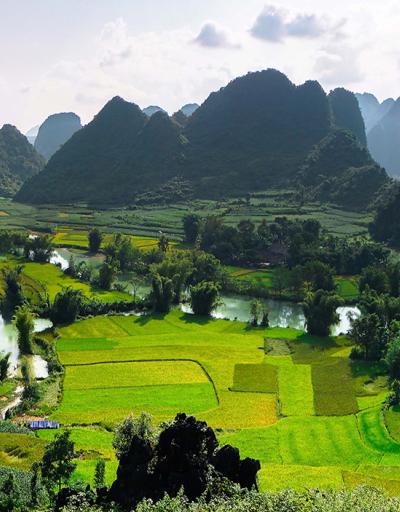
Orogenic architecture and crustal growth from accretion to collision
The IGCP 662 project aims to conduct comparative studies on the Central Asian Orogenic Belt (CAOB), the world’s largest Phanerozoic accretionary orogeny, and the Tethyan orogenic belt, the world’s youngest extensive collisional and metallogenic belt, as well as other composite orogens.
Orogenesis and crustal growth are widely discussed topics in the Earth Sciences. Orogens can be generally grouped as either accretionary, collisional or intracratonic. However, how can we define orogen types and describe their evolution? How can we fingerprint different processes of orogenic development? And what is their role in metallogenic enrichment? These questions remain to be answered.
Key objectives of this project include:
- Characterising differences in crustal formation and architecture between accretionary and collisional orogens
- Establishing criteria to (semi-)quantitatively describe orogenic development through evaluation of the relative proportions of juvenile vs. reworked crust
- Better understanding the role of orogenic compositions on metallogenesis
The results of this study may help us discover new deposits. More than 13 developing and developed countries/regions will be involved. This will enhance cooperation of scientists from diverse social and political environments.
The co-leaders are from Australia, Canada, China, the Russian Federation and the United Kingdom of Great Britain and Northern Ireland.
Key information
Project Leader
Institute of Geology, Chinese Academy of Geological Sciences, Beijing, China.
Activities in 2024
37th International Geological Congress
25-31 August 2024, Busan, Republic of Korea.
IGCP 662 team members will participate. Find more information here.
Highlights
Symposium
Beijing, China, December 2023
IGCP 662 project members participated in a symposium on "Orogenic Architecture, Crustal Growth, Metallogenesis & Global Geodynamics". The objectives were to:
- Synthesise the achievements of the research on orogenic architecture, continental growth, metallogenesis from accretion to collision, and global geodynamics made by IGCP 662, 667, and 648 projects, and other related topics from a comparative, global perspective
- Prospect how to use big earth-science data to continue the research on these topics
- Discuss future cooperation
"The Geology of Eurasia" Symposium
Helmholtz-Centre Potsdam-German Research Centre for Geosciences (GFZ), Germany, 26 June - 1 July 2019.
IGCP 662 was co-sponsor and co-organizer of this international symposium, in an effort to build bridges between the German scientific community and the IGCP-662 research network. German experts are conducting in-depth and comprehensive research on the world's major orogenic belts but have had little interaction with the IGCP-662 research. The IGCP-662 leaders Professors Tao Wang, Reimar Seltmann, Inna Safonova and Wenjiao Xiao attended the symposium and gave talks on their research in progress.

Mongolia workshop and field excursion
Mongolian University of Science and Technology, Ulaanbaatar, 4 - 10 July 2019.
A total of 80 participants from 12 countries attended this workshop.
During the field trip, researchers investigated the Paleozoic rock assemblages and structures in the southwest of the Mongolian Lake Zone and Altai tectonic belts, including Erdene Uul ophiolite, Boomyn Khudag Cambrian molasse, Tsogt metamorphic complex with high-grade metamorphism, Khaya Khudag Cambrian arc gabbro, high-pressure mica schist, eclogite and Cambrian fossil-bearing limestone.



